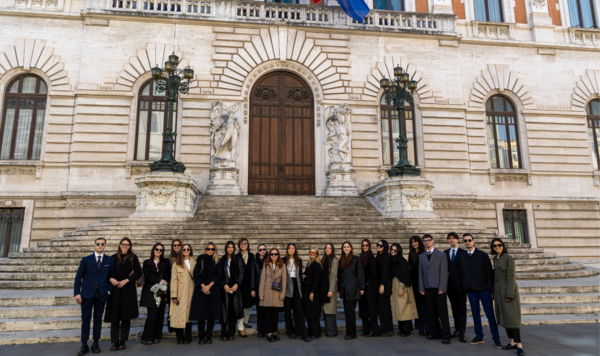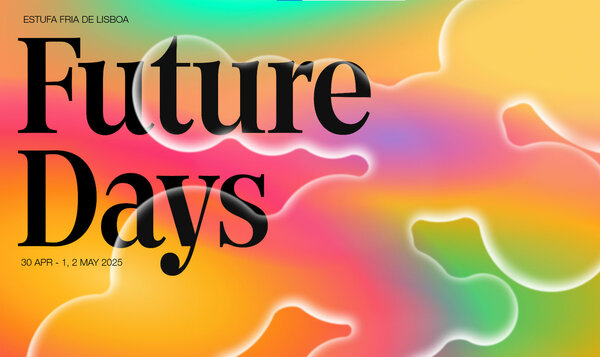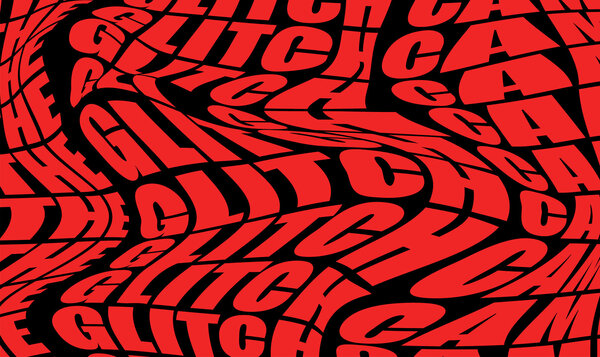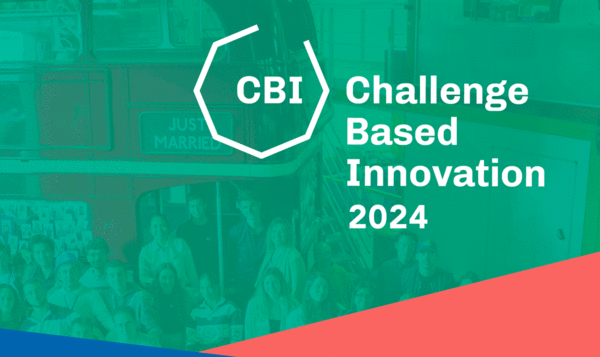In the field of visual communication, colours are powerful tools that can influence emotions, perceptions and even purchasing decisions.

Colour psychology in marketing: how to use emotions to sell
Date
26 August 2024
Each shade evokes specific reactions and mental associations that can strengthen or weaken a brand's message. Understanding and effectively harnessing these dynamics can make all the difference and determine the success of a marketing campaign.
Colours and psychological associations
Colour psychology explores how different shades of colour influence our perceptions and evoke specific emotional and cognitive reactions. These meanings and associations may vary in intensity and nuance between cultures, but there are some general trends that are widely recognised and commonly used:
- Red is often associated with passion, energy and also with urgency and anger. It can stimulate appetite and excitement, which is why it is often used in the food industry and by fast food restaurants.
- Blue evokes trust, stability and professionalism, making it the colour of choice for many financial institutions and technology companies.
- Yellow is linked to optimism, clarity and warmth. It stimulates the mind and attracts attention, ideal for warning signals or promotional purposes.
- Green symbolises nature, growth and harmony. It is often used for eco-friendly or health-related products.
- Orange communicates enthusiasm, creativity and adventure, and encourages action and sociability.
- Purple is associated with luxury, royalty and spirituality. Often used for beauty products or premium brands.
An interesting example of how colours can represent emotions can be seen in the animated film “Inside Out”, which was a huge success both in Italy and worldwide. This film personifies the main emotions by assigning them specific colours: joy is yellow, sadness is blue, anger is red, fear is purple and disgust is green. While simplified, this visual representation reflects many of the common psychological associations of colours and has contributed to making the concept of the connection between colours and emotions more accessible to the general public.
Colours can also influence physical perception: warm tones such as red and orange can make an environment seem warmer, while blues and greens can create a sensation of freshness.
Colours and branding
With branding, every nuance is carefully chosen to convey and express the essence, values and personality of a brand. The use of a specific colour palette across all customer contact points - from logos to packaging, from the website to advertising campaigns - is fundamental to building a strong visual identity. This colour consistency not only increases brand recognition, but also helps to establish trust and a solid bond with consumers.
Emblematic examples of this strategy can easily be found in the context of global brands. The bright red of Coca-Cola has become synonymous with energy and joy, while the blue of Facebook evokes reliability and connection. In contrast, McDonald's iconic yellow-red combination stimulates appetite and the urge to buy.
These are just some of the cases that demonstrate the importance of colour consistency in overall brand communication: from advertising to social media to product design, making it instantly recognisable (and familiar) in people's minds.
Colour psychology in advertising
Likewise in advertising, colours are used strategically to capture attention, evoke specific emotions and influence purchasing decisions.
For example, an insurance advert might make use of shades of blue to convey confidence and safety. While a manufacturer of children's products might opt for bright and cheerful colours to communicate joy and fun.
The approach to the use of colours can vary between B2C (Business to Consumer) and B2B (Business to Business). While there is a tendency for B2C to use brighter and more emotional colours to attract the attention of consumers, in B2B more sober and professional colours are often preferred to communicate reliability and competence.
Choosing the right colour palette
Choosing an effective colour palette for a brand or product requires an in-depth understanding of the target audience, the sector to which it belongs and the values it wants to communicate. It is not just a question of choosing aesthetically pleasing colours, but of creating a visual language that effectively communicates the essence of the company and the product. The key elements to be considered in this creative process are:
- Analysing and listening to the audience: age, gender, culture and preferences influence the perception of colours.
- Sector dynamics: certain colours are more common in certain sectors and can help communicate a sense of belonging and competence.
- Brand values and strengths: choose colours that reflect the corporate personality and values.
- Test different possible combinations: use complementary (opposite colours on the colour wheel), analogue (adjacent colours) or triadic (three equally spaced colours on the wheel) colour schemes to create harmony or contrast.
- Accessibility and usability assessments: make sure that colour combinations are legible and accessible to all, including the visually impaired.
Future trends and developments
The advent of new technologies is opening up new possibilities in the use of colours. In these immersive environments, colours can be used more dynamically and interactively, creating richer and more immersive sensory experiences. Furthermore, with artificial intelligence, it could become possible - thanks to greater customisation in the use of colours - to adapt colour palettes in real time according to individual user preferences and the viewing context.
Furthermore, colour psychology will continue to evolve in response to social and cultural changes. For example, the growing awareness of diversity and inclusion could lead to a more diverse and representational use of colours in marketing campaigns.
For marketing and design professionals, an in-depth understanding of these principles and the ability to apply them creatively will be increasingly valuable and sought-after skills. IED offers specific training courses aimed at providing professionals with the necessary skills to create effective and cutting-edge visual communication strategies capable of standing out in an increasingly complex and competitive media landscape.
Find out now about all the IED training options for courses in Marketing and Communication.








